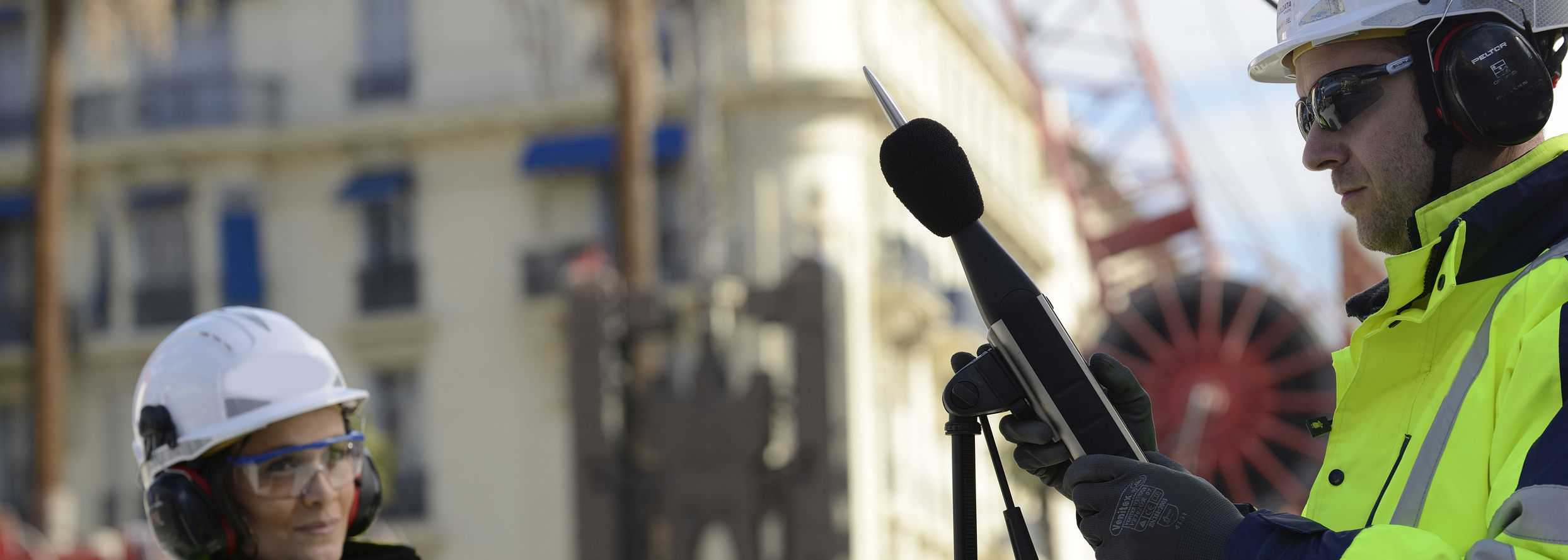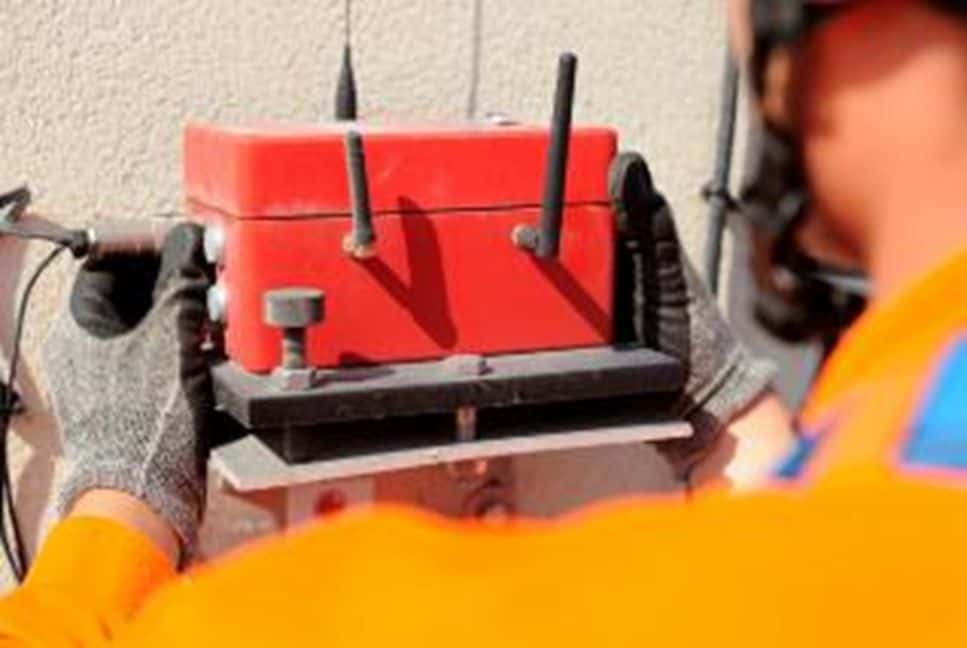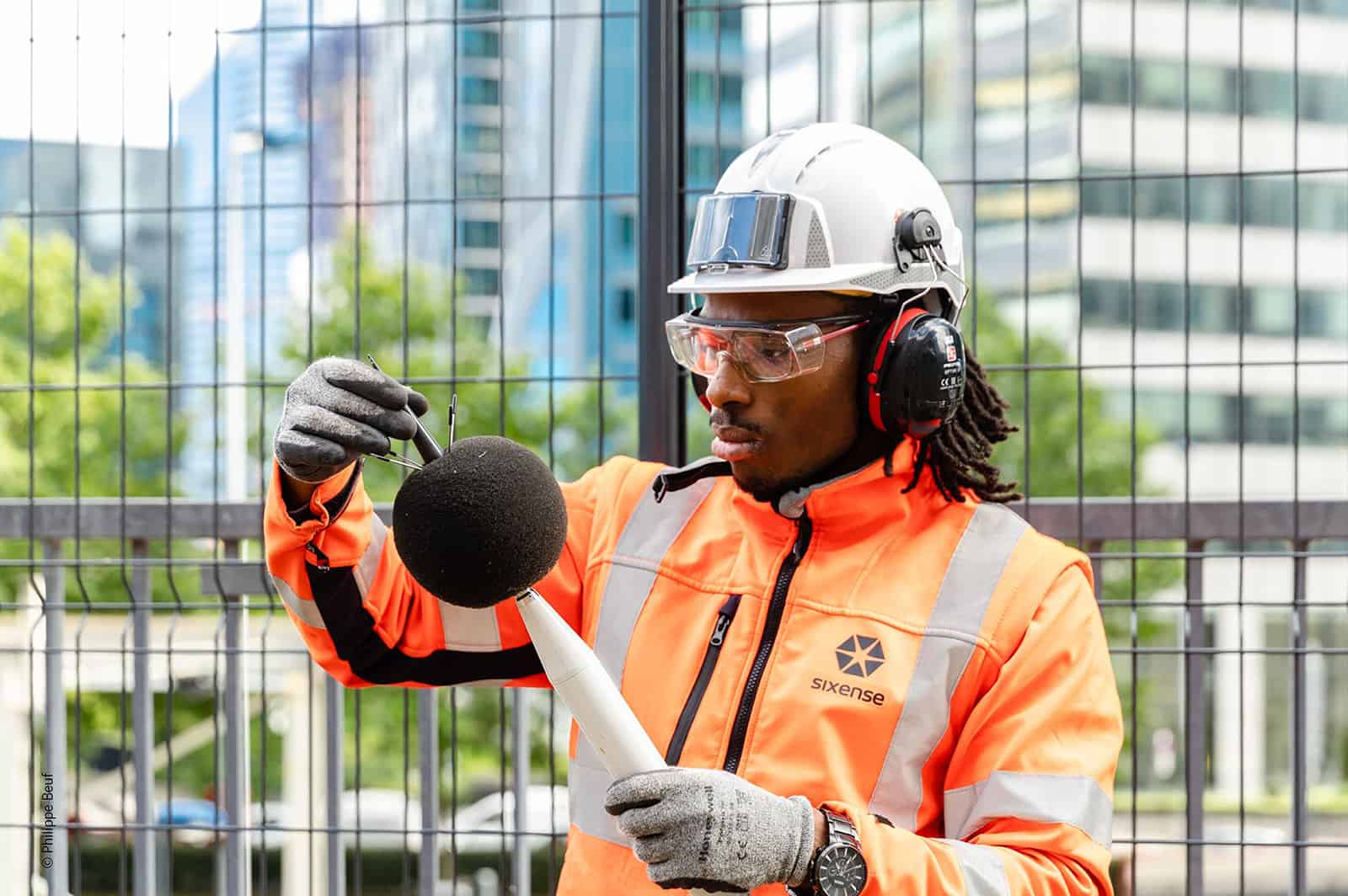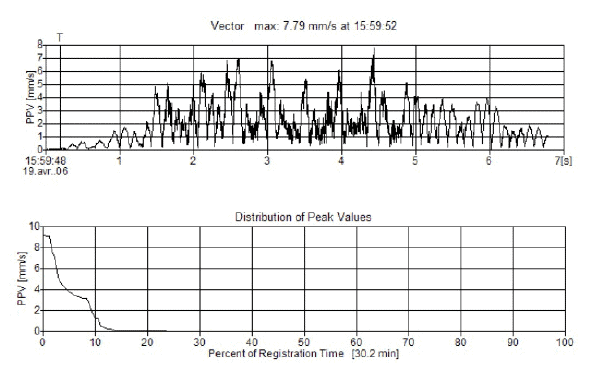Environmental monitoring (noise, vibration and dust monitoring) on construction projects can help contractors minimise the impact of construction activities, ensuring compliance with local authority regulations. In some cases, environmental monitoring can be used to optimise construction activites.
Monitoring these and other forms of pollution makes it possible to control site activities more effectively and reduce their impact on local communities and the wider environment.
Environmental monitoring also has a role to play in protecting biodiversity.
Monitoring noise, vibration and air, soil and water quality
The purpose of monitoring emitted noise is to control the acoustic impact of a construction worksite, or installation, relative to ambient noise levels, and to check the actual level of noise in nearby dwellings, for example.
Noise monitoring can also be used to detect the presence of land and/or aquatic animals. Acoustic monitoring can therefore be a useful tool for conserving and protecting wildlife during work on site.
For example, vibration monitoring can be used to check the level of vibration caused by worksite plant and machinery and its propagation over a given distance. It is also an essential tool for protecting buildings or infrastructures that are sensitive and/or contain their own measuring instruments, such as hospitals, rail traffic control centres, manufacturing plants, etc. Vibration monitoring is also used to provide long-term observationg of structural vibration modes and amplitudes.
In urban communities, it is essential to control dust levels and air quality. The sensors required to make these measurements are usually installed as part of complete weather stations.
In the great majority of cases, water and soil pollution measurement are also required as a result of human activity.
Measurement types
Noise measurement spans the measurement of class I or II noise, dB(A), frequencies, trends over time, audio recordings and noise source identification.
Vibration measurement methods are: PPV (Peak Particle Velocity) or single axis / 3-axis displacement and acceleration. Change over time, frequency analysis and modal analysis are also possible.
Dust measurements are used to identify the concentrations of TSP, PM10, PM2.5 and PM1 particulates. Optical laser measurements are another possibility.
Meteorological measurements include conventional and ultrasonic measurements, wind speed and direction, temperature, atmospheric pressure and humidity.
All data can be stored and visualised within our Geoscope monitoring software.



